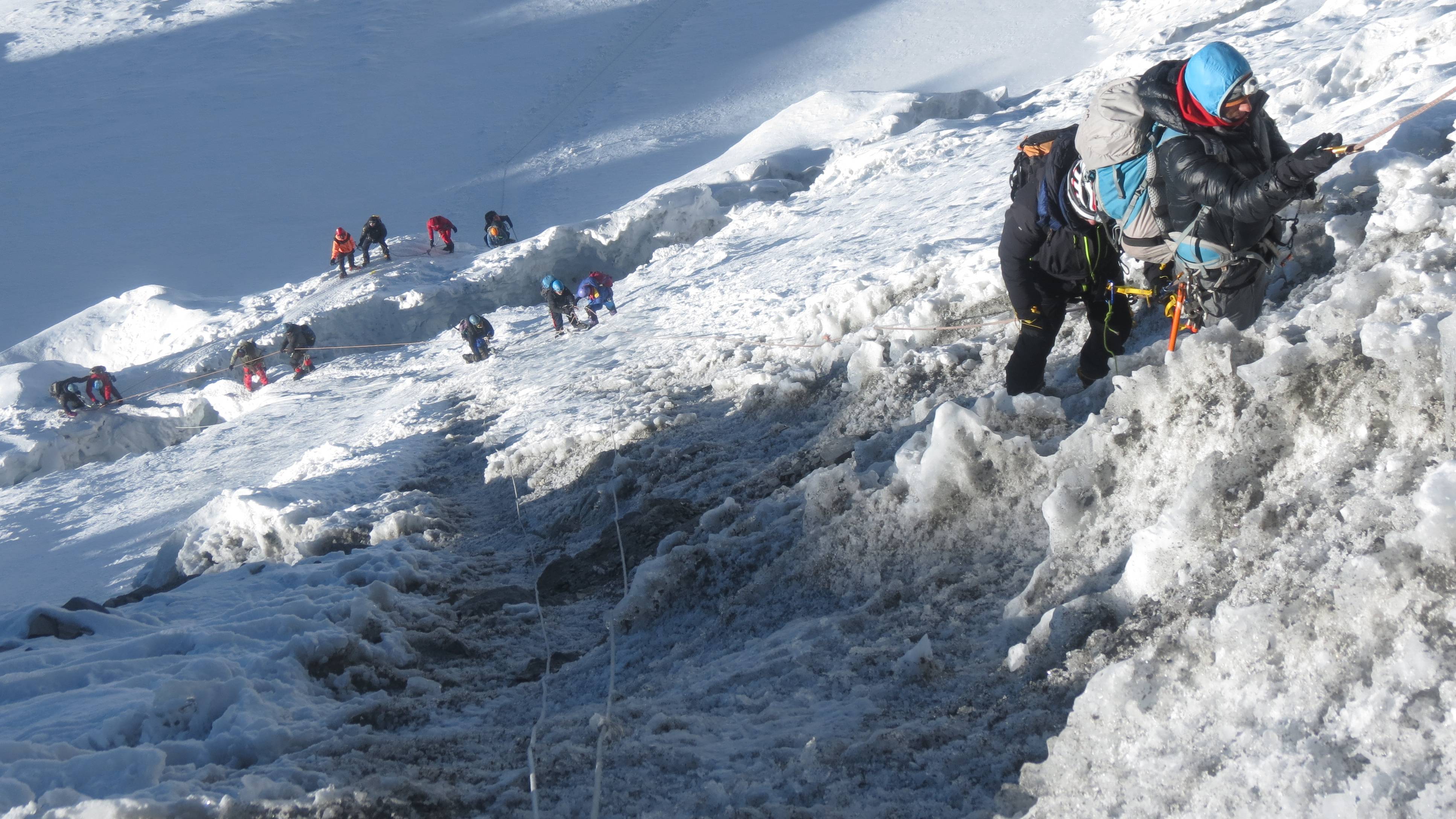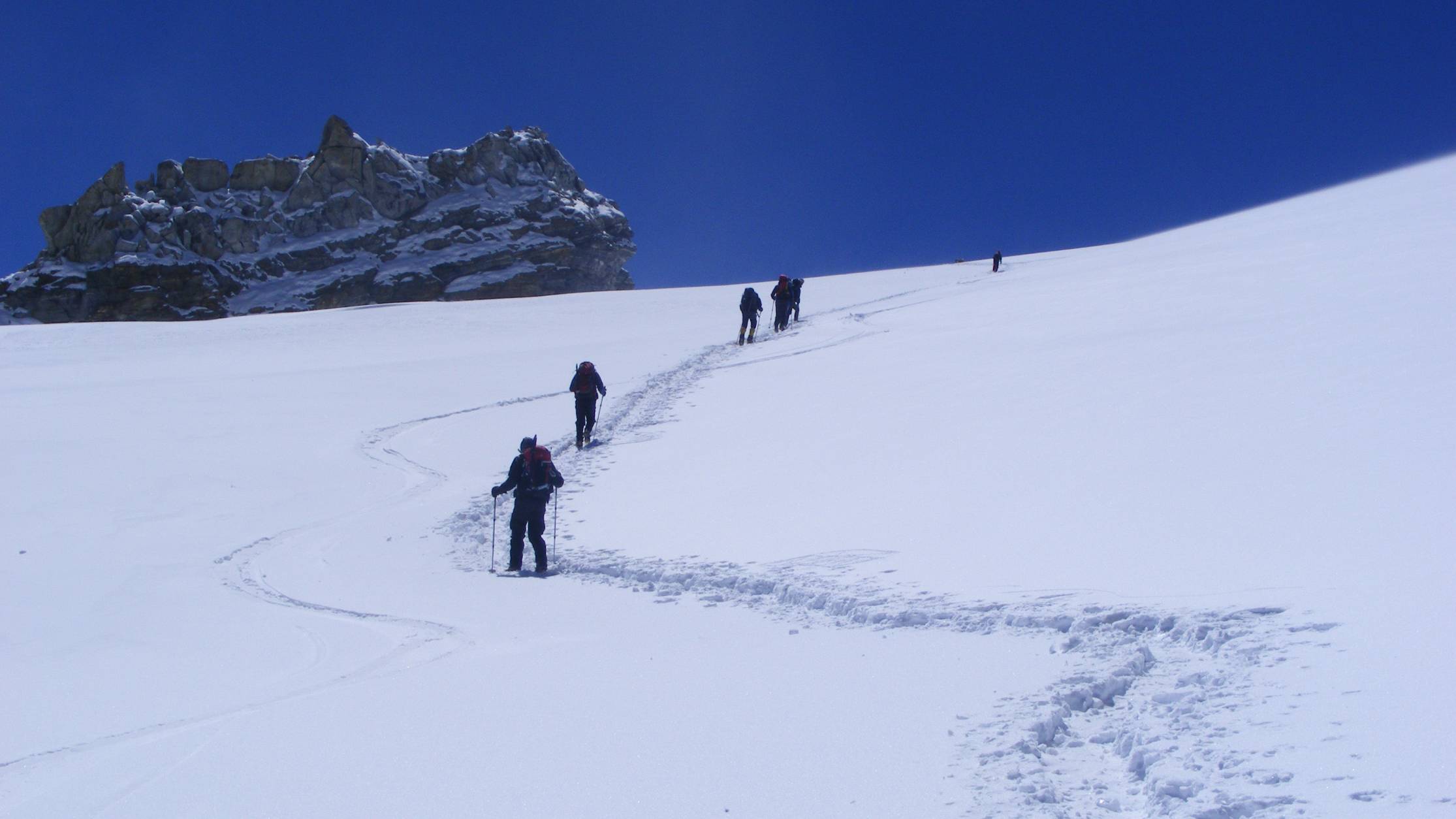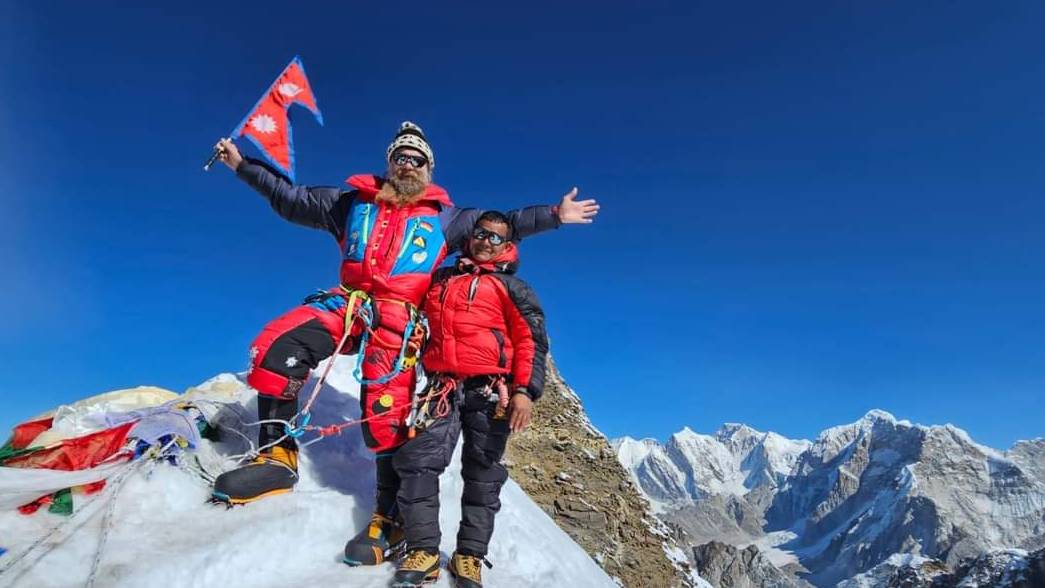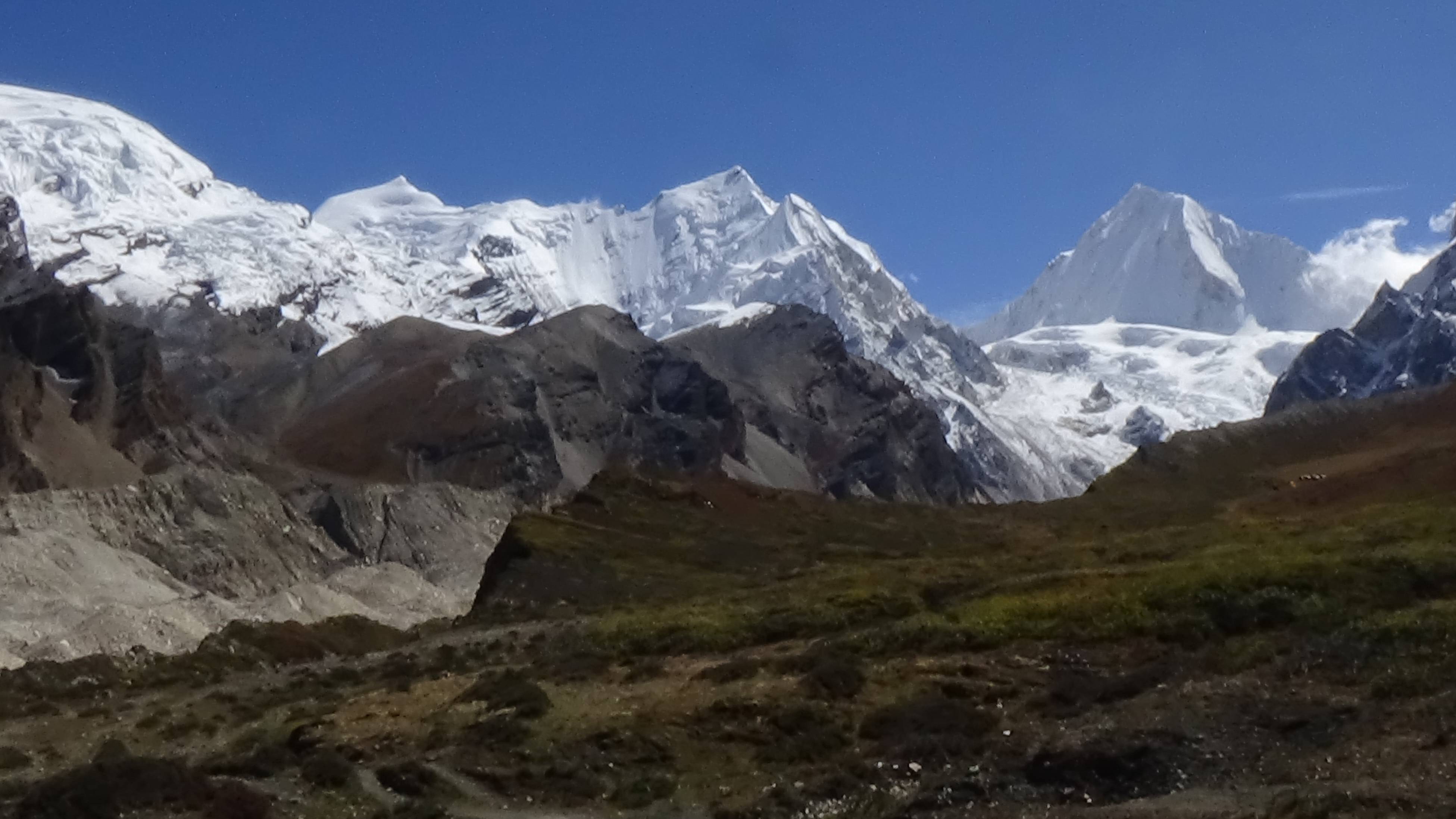For adventure seekers and mountaineering enthusiasts, the allure of conquering towering peaks is an irresistible call. Amidst the breathtaking landscapes of the Himalayas, three peaks stand out as coveted challenges - Island Peak, Mera Peak, and Lobuche Peak. These expeditions not only test climbers' physical endurance but also offer an unforgettable journey through some of the world's most stunning vistas.
Island Peak Climbing: A Jewel in the Khumbu Region
Located in the iconic Khumbu region of Nepal, Island Peak Climbing, also known as Imja Tse, is a prime destination for climbers seeking a taste of high-altitude mountaineering. Standing at an elevation of 6,189 meters (20,305 feet), Island Peak offers a balanced combination of trekking and technical climbing. The journey begins with a trek through the picturesque Sagarmatha National Park, where climbers are treated to breath-taking views of the Everest range.
Island Peak's ascent involves traversing glacier moraines, icy slopes, and a challenging headwall, making it an ideal introduction to Himalayan mountaineering. Climbers are rewarded with a panoramic view from the summit that includes some of the world's highest peaks, such as Lhotse, Nuptse, and Makalu.
Mera Peak Climbing: The Highest Trekking Peak
Rising to an impressive height of 6,476 meters (21,247 feet), Mera Peak is known as the highest trekking peak in Nepal. Located in the Hinku Valley, this expedition offers a blend of trekking and climbing, making it an attractive option for adventurers seeking to summit a Himalayan peak without extensive technical expertise.
The Mera Peak climbing journey takes climbers through pristine forests, high passes, and remote Sherpa villages, offering a rich cultural experience along the way. The ascent includes snow slopes and an exhilarating ridge leading to the summit. From the peak, climbers are treated to an astonishing panorama of five of the world's fourteen 8,000-meter peaks, including Everest, Lhotse, Cho Oyu, Makalu, and Kanchenjunga.
Lobuche Peak Climbing: A Dual Summit Challenge
Situated near the Everest Base Camp, Lobuche Peak is a dual-summit peak, consisting of East and West peaks. Climbing Lobuche East (6,119 meters/20,075 feet) or Lobuche West (6,145 meters/20,161 feet) presents an exhilarating challenge for mountaineers. The climb involves both alpine rock and snow climbing, demanding technical skills and high-altitude acclimatization.
The journey to Lobuche Peak Climbing takes climbers through the famous Khumbu Valley, allowing them to soak in the rich Sherpa culture and spectacular mountain landscapes. The final ascent involves traversing steep snow slopes and rocky ridges, leading to an awe-inspiring view of Everest, Lhotse, and other neighboring giants.
In conclusion, Island Peak, Mera Peak, and Lobuche Peak offer distinct yet equally thrilling mountaineering experiences. From introductory climbs to challenging technical ascents, these peaks cater to a range of skill levels and provide adventurers with a unique opportunity to connect with the Himalayan wilderness. As climbers stand atop these summits, they not only conquer the peaks but also forge a profound bond with the natural world and their own inner strength.





